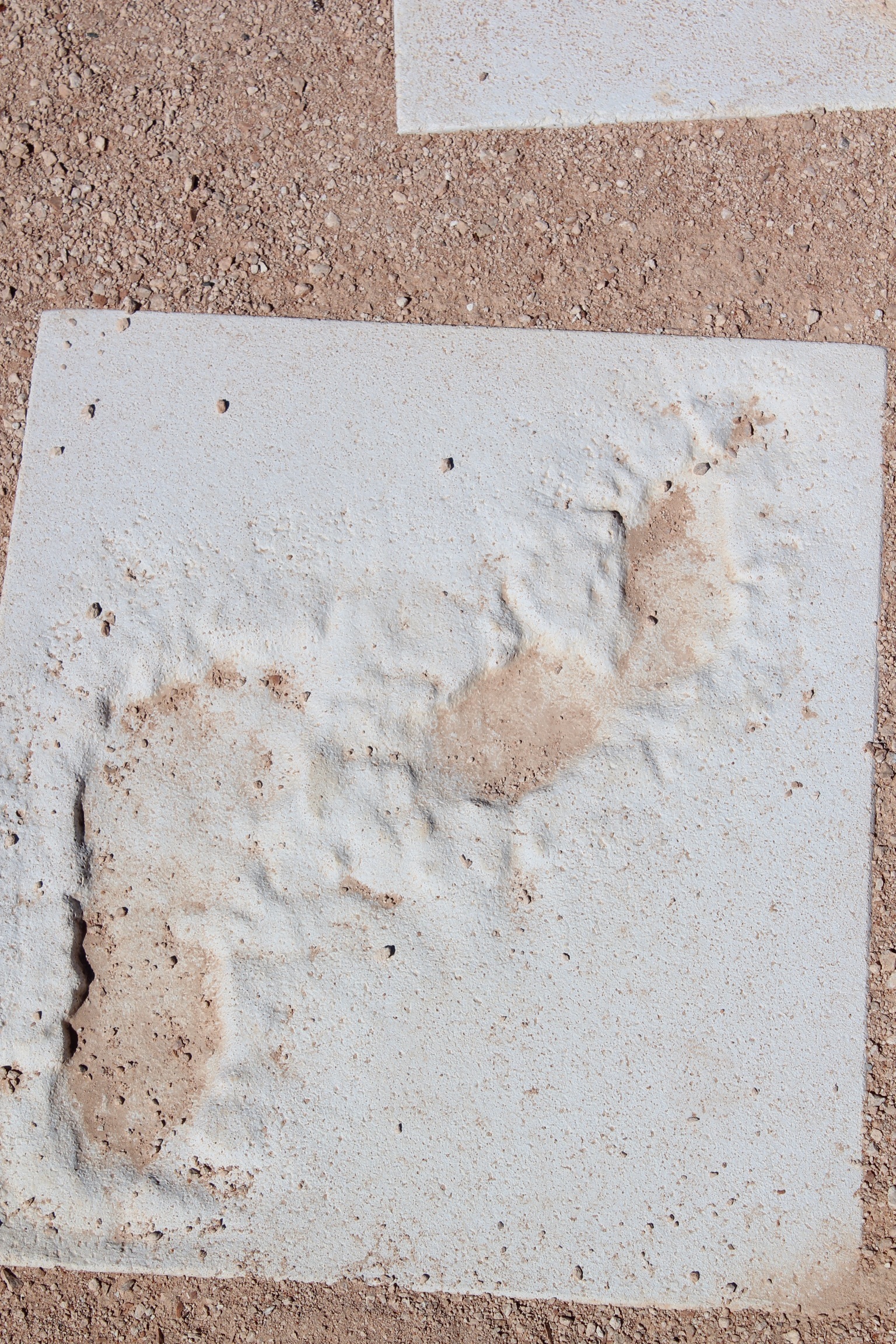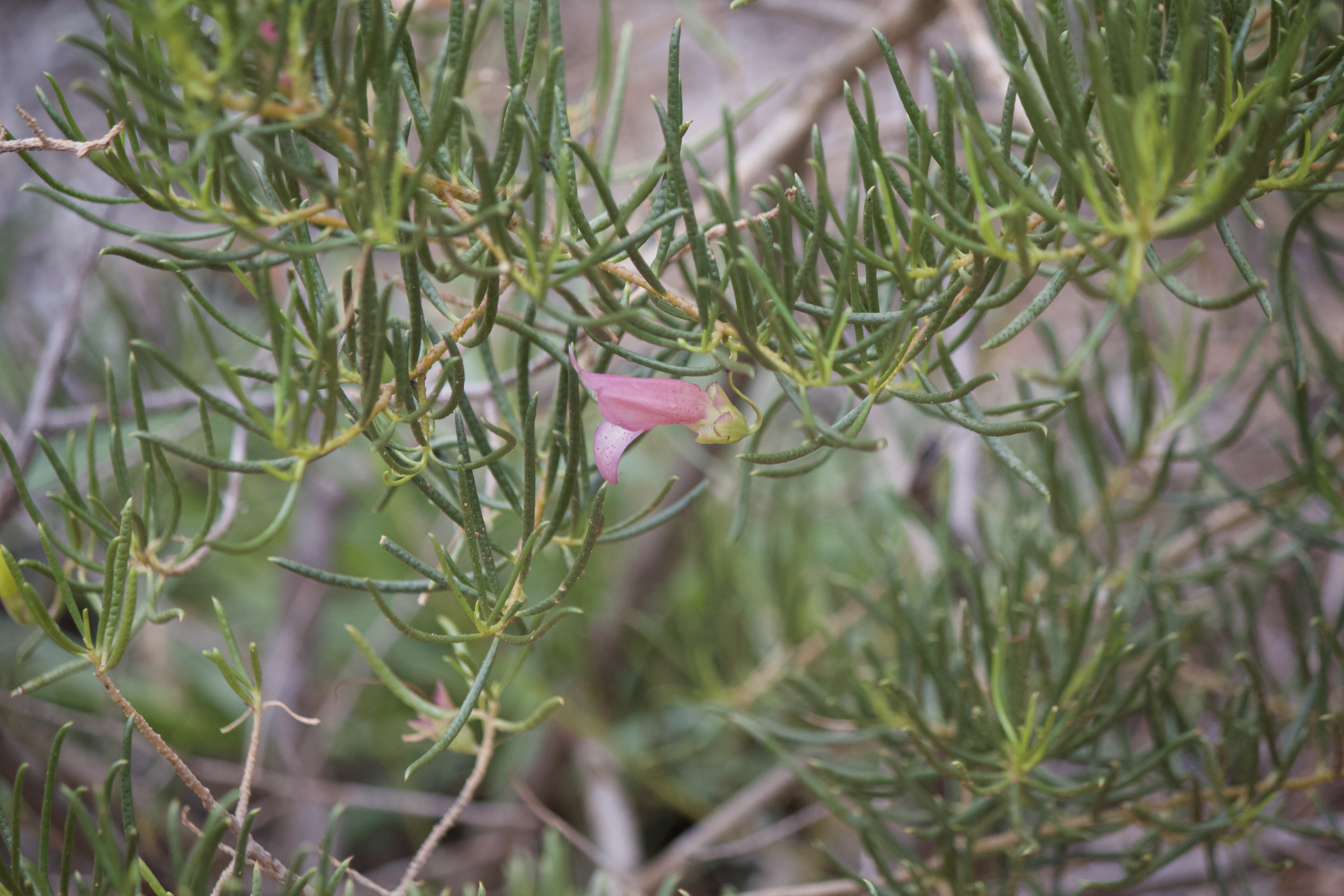Three months of footsteps along my Ancestors’ journeys since my last journal entry have uncovered my need to define and clarify, hence a long time spent researching and familiarising myself with the definitions and technical terms relating to the fossil forms and flora of my target areas. I’m relating very much to the deep time footprints of those people crossing the slowly drying Lake Mungo millennia ago, directions and purpose definite but with strides caught sinking in sticky surface strata.

Now, like the excavators of those ancient footprints, I am endeavouring to know the depths, directions, purposes and life worlds rendered simultaneously obscure and present by the evidence enshrined in deep time.
I have chosen to dive into what is most immediate and personal to me. Namely with the medicine plants my Grandmother knew intimately, distilled, used and passed down to her children and grandchildren. She inherited a treasure trove of medicine plant praxis from the multiple generations of grandmothers before her. The same knowledge I have inherited from her and which bush medicines I use myself today, Irmangka-Irmangka or Eremophila alternifolia.


Delving deeper I discovered 38 eremophila spp most of which are identified for Lower Southern Arrernte people by their ethnopharmaceutical properties, or healing powers for specific ailments and the means of preparing them. For contemporary palaeoecologists each species of Eremophila is identified by its family, Scophulariaceae, plant type, angiosperm, its morphological type and the various properties and attributes of its pollen.
I looked at their many times magnified fossil forms brought up from deep time in quaternary samples, and sought out other image sources to cross reference them with. In interrogating how/why these have survived and evolved through deep time I further discovered the existence of terpenoids, angiosperms and phytoliths.
The latter are not plant matter at all but silica deposits, the role and function of which is to contribute to structure and aid in the evolution and survival of some plants. For me this is a nice parallel to glass making in which silica is one of the essential batch ingredients for glass, which ingredient gives it its structure.
Microphotographic images of these are visually stunning and have the lure of a magic rabbit hole to disappear down, until further research reveals that phytoliths, or traces of silica, are not found in Eremophila, so Eremophila must owe their survival through deep time to something else. An alternative boat to sail and survive the choppy swell of millennia.